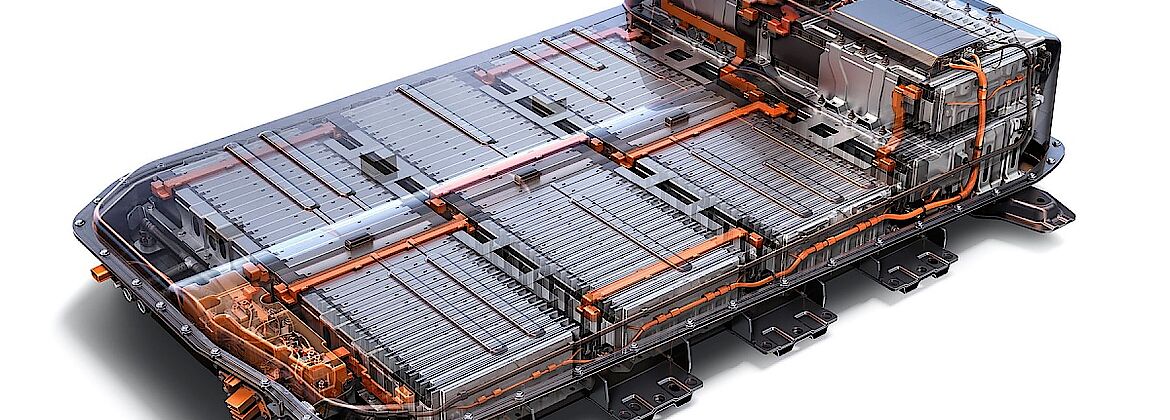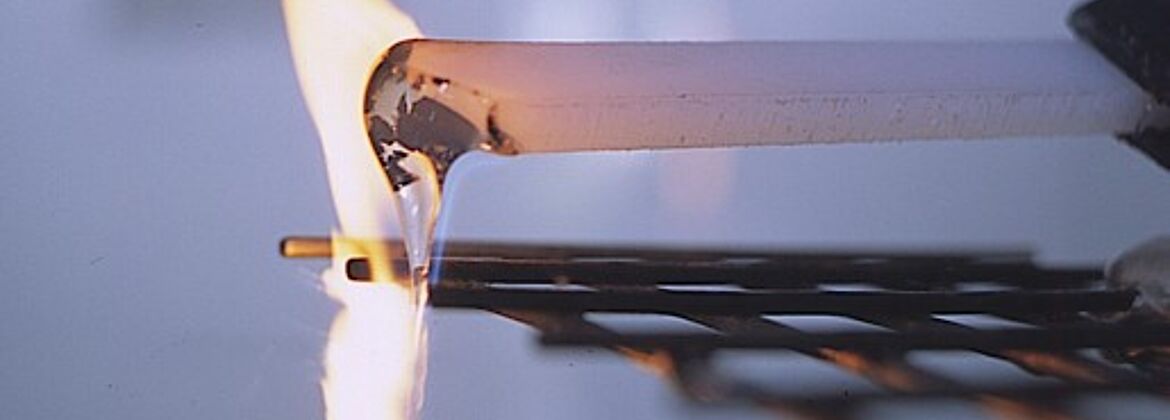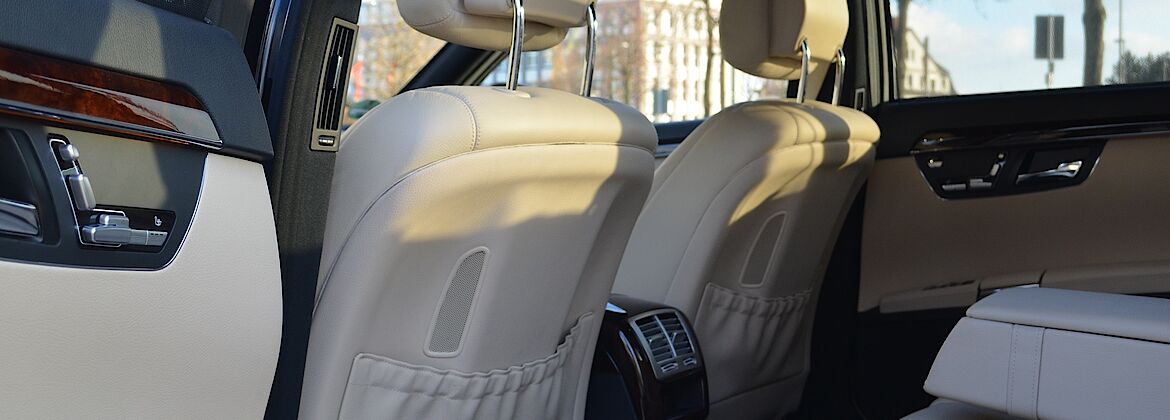Fire protection in motor vehicles - Requirements in Germany and Europe
Fire events in buses and coaches give more and more attention to the topic of fire safety in buses, especially by the media. The protection of passengers is at the forefront and should be ensured by the use of suitable materials. To determine the fire properties of these materials several international and national procedures are provided, which are used in the DMT and explained below.
We test the burning behaviour of materials used in the interior of vehicles, as per ECE R118, RREG 95/28/EC, FMVSS 302, CMVSS 302, DIN 75200, ISO 14572 and ISO 3795 as well as in accordance with vehicle manufacturers’ corporate standards.
The purpose of the tests in accordance with DIN 75200 is to determine the speed at which materials used in vehicle passenger compartments burn when subjected to a small flame.
In addition, we carry out tests to determine fire propagation of electrical cables according to ECE R118, edition 12/2012, section 6.2.6 in conjunction with ISO 6722:2006, section 12.
Also, we are a recognized test center of the FIA (FIA Test House for Extinguisher Systems) and of the DMSB (holding organization for automobile and motorcycle sports) for the testing of extinguishing systems in racing vehicles and fire suppression systems.
As one of the first TÜV NORD test houses in Germany, we are accredited for fire tests on batteries in accordance with ECE R100 Appendix 8E.
We check for your safety
In abuse tests, the safety behavior of batteries is determined outside of the normal operating conditions. DMT GmbH Plant and Product Safety business unit has a large test site in Dortmund with special facilities. We can test modules and entire battery systems (1000 kg) for our customers according to valid norms or standards or our own specifications. All test rooms can be provided with video and data recording. Remote transmission or remote control is also possible.
We can carry out the following tests for you as examples (REESS):
Nail penetration test
External short circuit
internal short circuit
Fuel fire
extended fuel fire
Salt water test
plunch pool
Korea Motor Vehicle Safety Standard
…
Testing the effectiveness of extinguishing systems for busses
Extinguishing systems in the engine compartment for vehicles used for passenger transport will be mandatory for vehicles of classes M2 and M3 from 01.09.2020. These extinguishing systems must be checked for functionality and extinguishing effectiveness and approved (ECE R 107, series of amendments 06, appendix 13).
a short overview of our portfolio:
| ECE R118 Annex 6; Test to determine the horizontal burning rate of material | |
| ECE R118 Annex 7; Test to determine the melting behaviour of materials | |
| ECE R118 Annex 8; Test to determine the vertical burning rate of material | |
| ECE R119 Annex 9; Burning behavior of interior material, Resistance to absorption of fuel | |
| ISO 5658-2; Lateral flame propagation in a vertical Arrangement, alternative method according to ECE R118 | |
| ECE R100 Annex 8E; Battery-operated electric vehicles, resistance of traction batteries against escalating reaction under fire conditions | |
| ISO 3795; Road vehicles and tractors and machinery for agriculture and forestry determination of the burning behavior of interior materials | |
| EU-Regulation 95/28/EG Annex IV; Test to determine the horizontal burning rate of material | |
| EU-Regulation 95/28/EG Annex VI; Test to determine the vertical burning rate of material | |
| DIN 75200; Determination of the burning behavior of automotive interior materials | |
| ISO 6722 paragraph 12; Road vehicles -– 60 V and 600 v single-core cables -– Dimensions, test methods and requirements paragraph 12 Resistance to flame propagation Kabelprüfung wie in ECE R118 gefordert | |
| ISO 6722-1 paragraph 5.22; Road vehicles -– 60 V and 600 V single-core cables; Part 2: Dimensions, test methods and requirements for copper conductor cables; paragraph 5.22 Resistance to flame propagation Kabelprüfung wie in ECE R118 gefordert | |
| ISO 6722-2 paragraph 5.22; Road vehicles -– 60 V and 600 V single-core cables; Part 2: Dimensions, test methods and requirements for aluminium conductor cables; paragraph 5.22 Resistance to flame propagation Kabelprüfung wie in ECE R118 gefordert | |
| ISO 14572 paragraph 5.21; Road vehicles – Round, sheathed, 60 V and 600 V screened and unscreened single- or multi-core cables – Test methods and requirements for basic- and high-performance cables; paragraph 5.21; Resistance to flame propagation Kabelprüfung, nicht in ECE R118 zitiert | |
| ECE R107 Amendment 3 Bus; Proof of the capacity of the extinguishing System | |
| UL 2580 UL standard for safety batteries | |
| UL 94 | |
| FIA TEST HOUSES FOR EXTINGUISHER SYSTEMS | |
| GB/T 31467.3-2015 Diving Tests, Propagation Tests | |
| NEU: GB 38031-2020 Thermal Propagation Tests | |
| This test checks whether after a thermal runaway of a cell in the battery pack there are at least five minutes before a fire or an explosion occurs. This should give the occupants sufficient time to leave the vehicle in the event of danger. This case of danger must be reported in good time. |
Contact
Fire Tests of Materials Used in Vehicles (ECE R118)
Accreditation
DMT – Test Body for Fire Protection holds an accreditation according to DIN EN ISO/IEC 17025:2018 issued by German DAkkS under the registration numbers D-PL-11035-03-01, D-PL-11035-03-02 , D-PL-11035-03-03 for the following procedures: ECE R118 annexes 6 and 8, ISO 5658-2 as well as ISO 6722 and ISO 14572.


![[Translate to English:] UN ECE R100 [Translate to English:] UN ECE R100](/securedl/sdl-eyJ0eXAiOiJKV1QiLCJhbGciOiJIUzI1NiJ9.eyJpYXQiOjE3NjYxMTA1NzEsImV4cCI6MTc2NjIwMDU3MSwidXNlciI6MCwiZ3JvdXBzIjpbMCwtMV0sImZpbGUiOiJmaWxlYWRtaW4vX3Byb2Nlc3NlZF8vMy9jL2NzbV9mZXUxXzZmMmY0NTYyMzUuanBnIiwicGFnZSI6MzIyNH0.OmKNwksCvyZ8cb-FCTGCbSe9vDjPhqqW1ysrIITo0yE/csm_feu1_6f2f456235.jpg)


